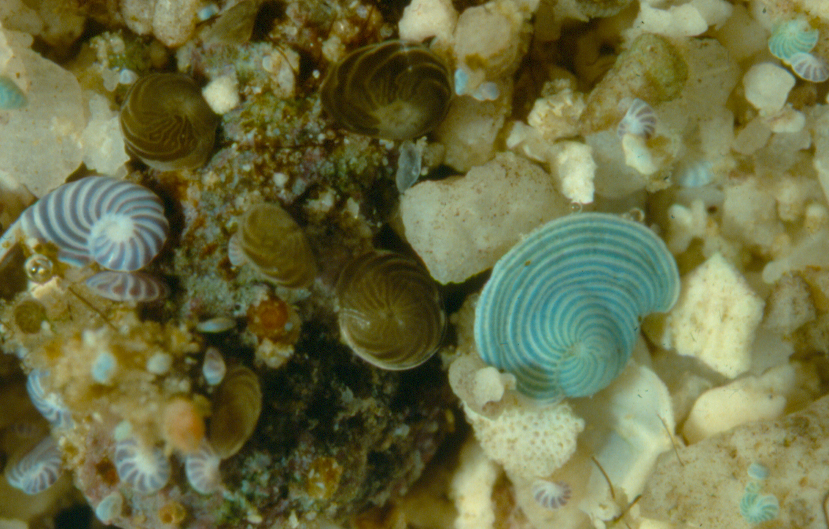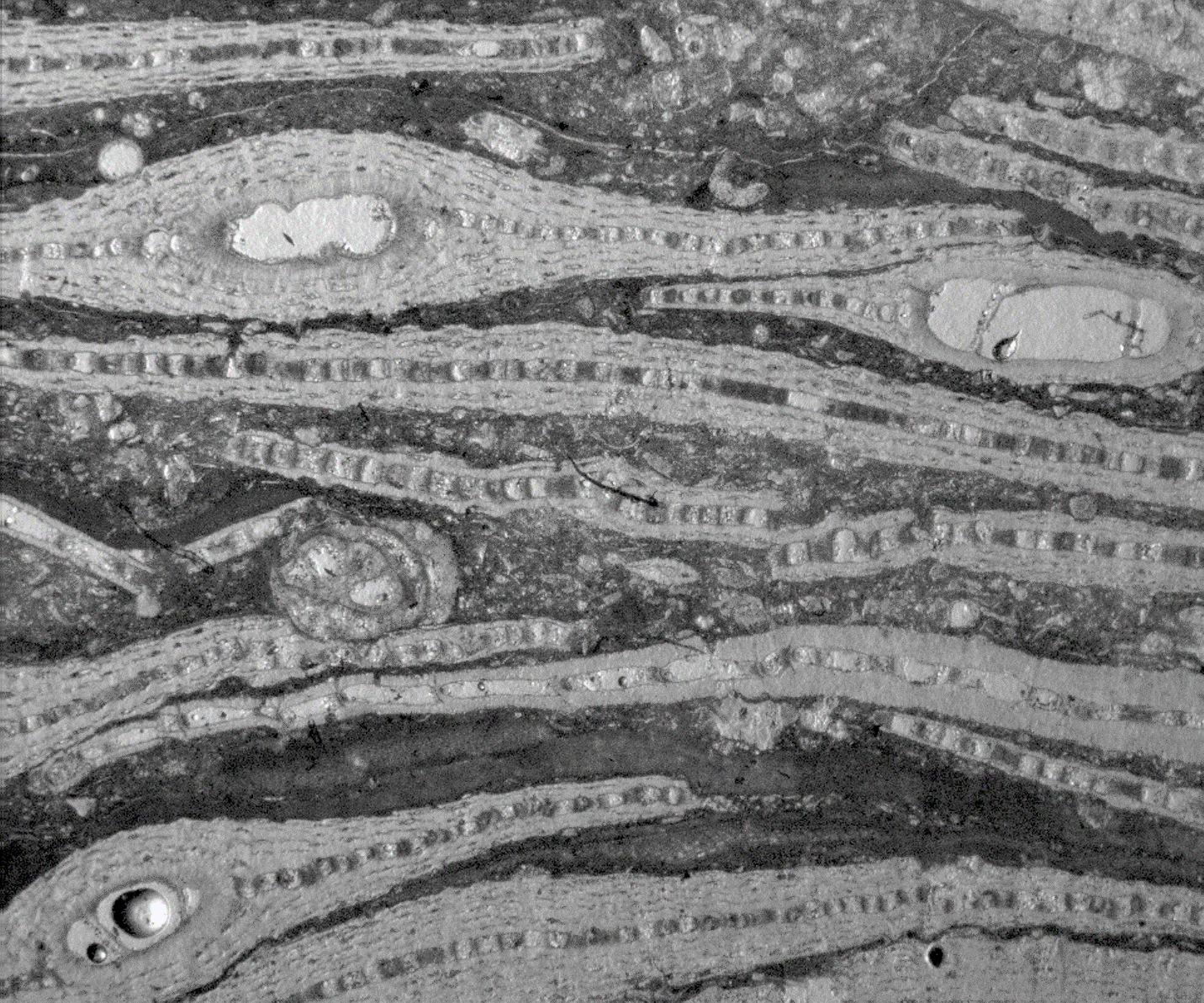Written By: Sean Beckwith, PhD student
ST. PETERSBURG, FL – From a human perspective, the four most important resources on earth are water, hydrocarbons, building materials, and soils. Foraminifera (tiny shelled organisms) contribute to three of these.
Pamela Hallock Muller has studied foraminifera since the mid ‘70s when she was first introduced to them during her graduate studies by other grad students at the University of Hawaii at Manoa. Within a matter of months she went from not knowing what a foraminifer was to knowing that she would study these organisms for the rest of her life. During the week of June 17–22, 2018, she will present an interesting finding from her recent collaborative research at FORAMS 2018 in Edinburgh, Scotland. This International Symposium on Foraminifera, held once every four years, is considered the preeminent conference for dissemination of foraminiferal research.
Foraminifera, or ‘forams’ as they are commonly called, are very small, with larger species reaching a few millimeters in diameter while most species are measured in microns (micrometers). Most are composed of calcium carbonate, similar to shellfish, but are much simpler in terms of anatomical structure. Nicknamed “armored amoebas,” forams are protected by an intricately produced shell called a ‘test’, a surprising feat of architecture for a single-celled organism! They’re also referred to as “living sands” due to their abundance. Scooping up a handful at the beach, you might mistake some of the larger forams for odd-shaped grains of sand or broken pieces of shell.

A collection of individuals in Palau featuring symbiont-bearing Large Benthic Foraminifera. Photo credit: Pamela Hallock Muller
With a geologic history spanning more than 500 million years, these abundant and widespread
organisms are found in limestone formations all around the world. When limestone
exists in the deeper subsurface, this porous rock often contains hydrocarbons. In
the shallower subsurface, water accumulates in the pores and cavities of limestone
creating aquifers. Limestone itself is a valuable resource for humans as it is one
of the most common building materials. For their contribution to these three valuable
resources, humans can say a big ‘Thanks!’ to these tiny friends. Their abundant production
also contributes to coral reefs by providing a portion of the framework, somewhat
like mortar to brick buildings.
Dr. Muller’s upcoming presentation focuses on a narrow subset of Large Benthic Forams (LBF’s). Nummulites and a few other genera of LBF’s are, by foram standards, absolutely enormous. At 10 cm across, these ancient flat, plate-like forams can be thousands of times the size of the smallest species of forams. According to geologic records, LBF’s peaked from around 60 to 10 million years ago (Ma), and consolidated banks of the very large ones are a dominant feature in limestones from the Paleocene and Eocene epochs (66 – 34 Ma).

Lithified very large Foraminifera found in a core sample. Photo credit: Pamela Hallock Muller
Slow growth tends to produce larger shells among forams, and Nummulites use their
size to occupy deeper waters (to 100 m). Photosynthetic algae living symbiotically
within the shells of these forams require a certain amount of light to produce energy,
which is shared by the host. The broad, disc-like structure of these forams provides
the required real estate for photosynthetic algae to generate enough energy in low-light
settings.
Recent work by Muller and colleagues sheds light on older hypotheses that hold true but lacked a full explanation of the mechanisms. New insights from foram biology, LBF ecology, and oceanography help to complete the story. The Nummulite banks, typically dominated by a few species of LBF’s, contain both large and small individuals. The multi-version life cycle of these forams accounts for the two size types, and indeed, sustains the formation of the deeper banks by way of sexually produced propagules that drift from shallower portions of the shelf margin.
Both asexual and sexual reproduction occurs on the deep banks, but the sexually produced large version of the foram is more successful in these light-limited environments. In times of especially low-light conditions–either seasonal or interannual events that cause the water to become turbid and allow less light to reach the bottom–another adaptation of the forams is at work. Faced with adverse conditions, forams are capable of entering a period of dormancy. In recent experiments, Ben Ross, a Ph.D. student of Dr. Muller, found that one species of foram (Amphistegina gibbosa) recovered after 20 months in total darkness.
Nummulite banks and other limestones are of particular interest to scientists in the field of oil & gas exploration. In turn, energy companies and government agencies alike have funded much of the science that led to breakthroughs in geochemistry (utilizing foram shells) and biostratigraphy, a geological application that allows researchers to determine relative ages of rock formations based on the fossils within them. While many limestones do coincide with organic rich sediments that eventually become oil, some do not. This scenario partially explains why oil exploration has not become a major industry along the coast of Florida.
The most important contribution of forams to resources in Florida is by far the Floridan aquifer. Much of the limestone laid down millions of years ago during the Eocene and Oligocene epochs (56 – 23 Ma) contains great quantities of forams. Over the years, karst terrain developed and the many cavities and caves within became filled with the fresh, clean water we depend on today for drinking, irrigation, and industrial purposes.
